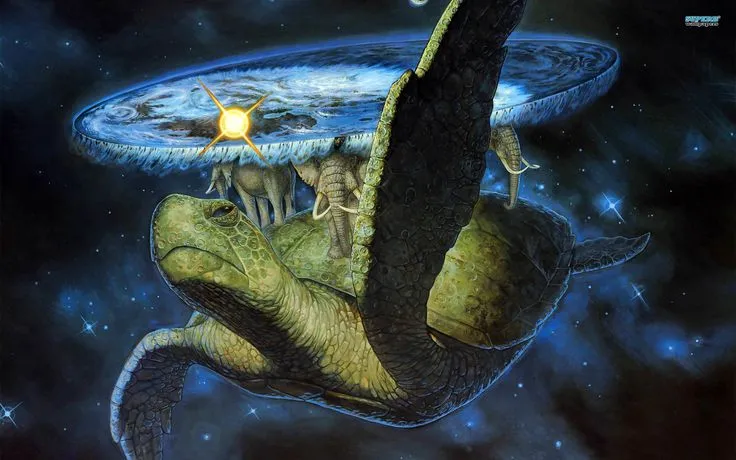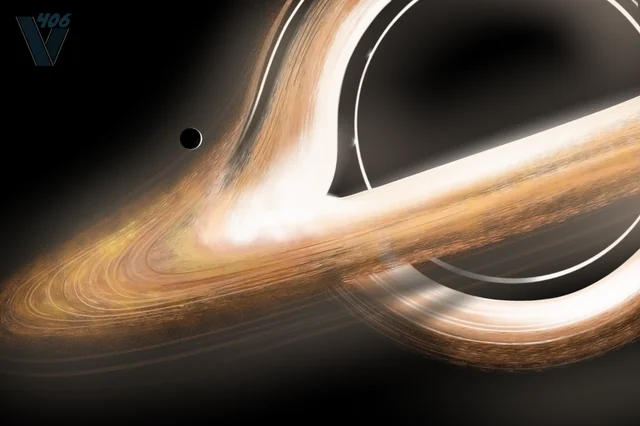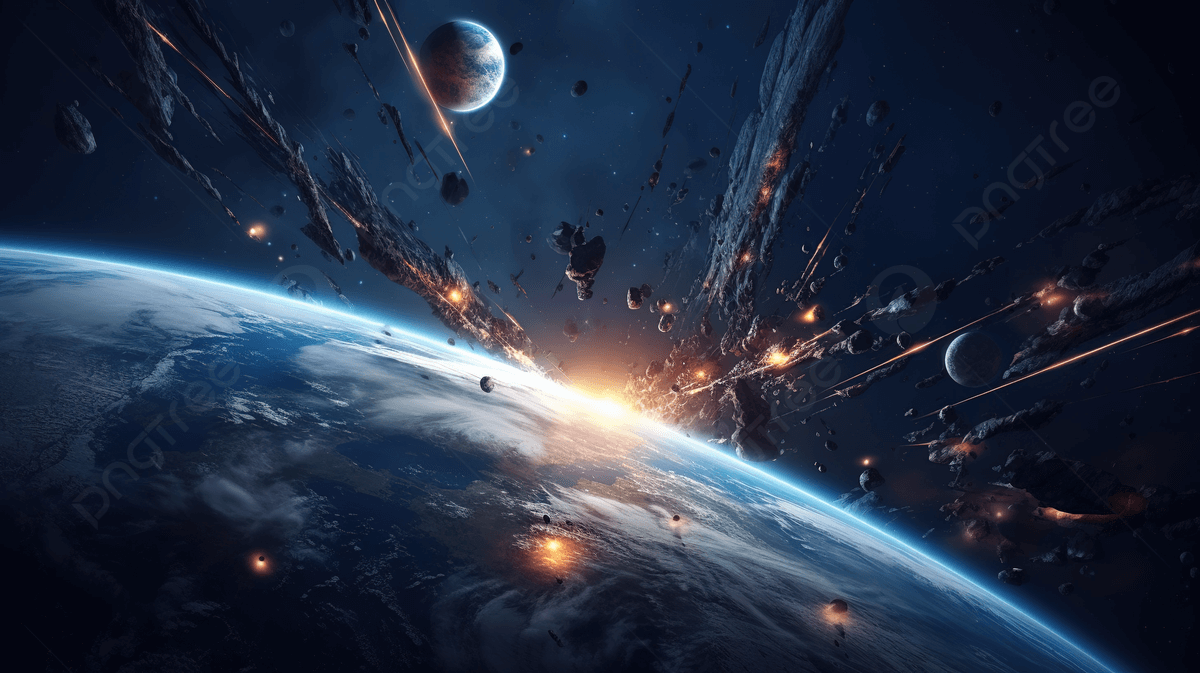Tutorial on how to destroy the planet
First of all, I need to say that destroying the planet is very difficult, but we will list here some ways to end this place we call Earth. Second, none of the ways listed here are easy to access, sometimes completely inaccessible, so don’t worry about sharing this text around.
 Badass Cosmic Turtle
Badass Cosmic Turtle
To begin with, our planet is over 4.5 billion years old (for those who believe) and is still here. It has withstood thousands of impacts from asteroids ranging from the size of a car to bodies the size of Mars — which is even a theory about the origin of our moon (for those who believe), but that’s another story.
It is a quasi-sphere of 5,973,600,000,000,000,000,000 (5 sextillion) tons of basically iron; It has 12km in diameter which gives approximately 510,100,000km² of area and it is not a flat disk supported by 4 elephants navigating on a gigantic cosmic turtle.
Speaking of total destruction of the planet, the most likely outcome is that we will be wiped off the face of the Earth by our own actions. Whether it be through thermonuclear war or the side effects of global warming, we are doing a good job of making this planet uninhabitable.
But if your plan is to end it all and you don’t know where to start, follow some methods that may be useful in this endeavor:
Total annihilation by antimatter
Antimatter is the most explosive material you can imagine, and it will take a quantity the size of another planet to make it. It is possible to create antimatter right here with a particle accelerator, but in very small quantities, which will take an absurd amount of time to accumulate the necessary amount.
I imagine that it will be necessary to manufacture all of this in space not far from the planet because once the quantity is reached, we will have to launch all of this antimatter towards Earth, which will generate an energy release equivalent to that released by the sun in 89 million years in a single instant. All that will be left will be energy expanding throughout the universe. Forever.
Doomsday Centrifugation
We all know how centrifugal force works, right?
Imagine if it were possible to accelerate the rotation of the planet with rockets at the equator, fixed at a certain angle so that the planet rotated once every 80 minutes. This would be enough to flatten the spherical shape with pieces of the Earth’s crust breaking off until only the exposed magma remained. In this case, moments before the apocalypse, winds of astonishing speed would not only rip clothes off the clothesline but would smooth the surface of the Earth, removing mountains and filling valleys with wind, dust and sea water. Be warned.
Hit a rock big enough
Everything can be destroyed with the right brute force. So get a large rock, maybe Mars, accelerate it to a huge speed and throw it towards Earth. The impact would pulverize both planets, where the pieces, dust and magma would hardly coagulate again into a new body, leaving only a meteor belt. But you need to try hard. You would need to launch Mars at a speed of 11 km per second for everything to work out. It is possible to use a smaller body, like a 5,000,000,000,000 ton asteroid, but then you would need to accelerate more, maybe 90% of the speed of light would be enough.
Burn with fire
The most obvious solution would be to throw the planet into the Sun and let the 5504°C heat melt the Earth into a ball of vaporized iron that would slowly be swallowed by the Sun’s gravity. Granted, if the Earth stopped its movement around the Sun, it would slowly be pulled by gravity until it collided with our star. But that seems more impossible than simply accelerating the Sun into Earth’s orbit and waiting for it to plunge into the sea of fire. In fact, that also seems quite impossible.
But remember that our Sun is halfway through its life and that in 5 billion years it will take its last breath. As soon as the fuel from the nuclear fusion that occurs in its core runs out, the Sun’s atmosphere will expand, swallowing Mercury and Venus. The Earth probably won’t be swallowed, but it will be the end of everything that lives on its surface. It would be global warming with superpowers.
Wormhole to the End of Time
Anyone who has seen Christopher Nolan’s film Interstellar will be familiar with a good visual representation of an Einstein-Podolsky-Rosen Bridge, also known as a Wormhole. In the film, the characters enter one of these holes and travel through a fold in time and space to a system of planets orbiting a wonderful black hole.
 Gargantua - Interstellar (2014)
Gargantua - Interstellar (2014)
With the technology to open a wormhole, the possibilities are varied. We could connect the center of our planet to a black hole and be sucked in from the inside out, or to the center of a red giant and explode in a grandiose way. In short, we could do a lot if all of this were even remotely possible. Wormholes are hypothetical and scientifically improbable astronomical objects.
Honorable Mention #1: Atomic Bombs
Speaking of planetary destruction, atomic bombs, even if the entire world arsenal were detonated at the same time, would not make the slightest difference to the planet. They are certainly frightening weapons for living beings, but for Earth, meh!
Honorable Mention #2: Existence Denied by Time Travel
Very simple: Take your time machine, go back 4.5 billion years and stop the Earth’s protoplanetary disk from coalescing and forming the planet we have today. It sounds easy enough but it would violate the theory of relativity since it is not possible to travel in time to the past, maybe to the future if you go fast enough.
Honorable Mention #3: Evil Gamma Rays
Gamma rays are terrible. They are a type of high-frequency electromagnetic radiation produced by highly violent astronomical events that can make humans extremely strong, angry, and green-skinned. In this case, we need to be close to a massive star with more than 40 times the mass of the Sun. Even Betelgeuse, which is one of the largest and closest stars known, only has 20 solar masses. So we would need to be close to Eta Carinae, for example, which has 140 solar masses but is ~7,500 light years away. But even then, the gamma rays would have no effect on the planetary body. What a shame.
Destroying the planet requires a lot of planning, money, political will and human labor to develop the technology needed for any of the methods listed above. Changing the future of humanity will always require a huge effort and global involvement of political and private leaders in order to achieve the desired end.
As it is in everyone’s interest, including capital, for the planet to continue to host us kindly, we need to plan, lead and develop initiatives to change our relationship with natural resources and the environment so that everything does not end, at least for us human beings.
Originally published on Medium
